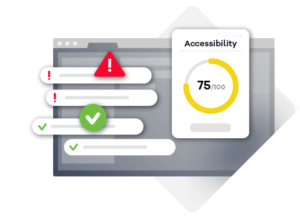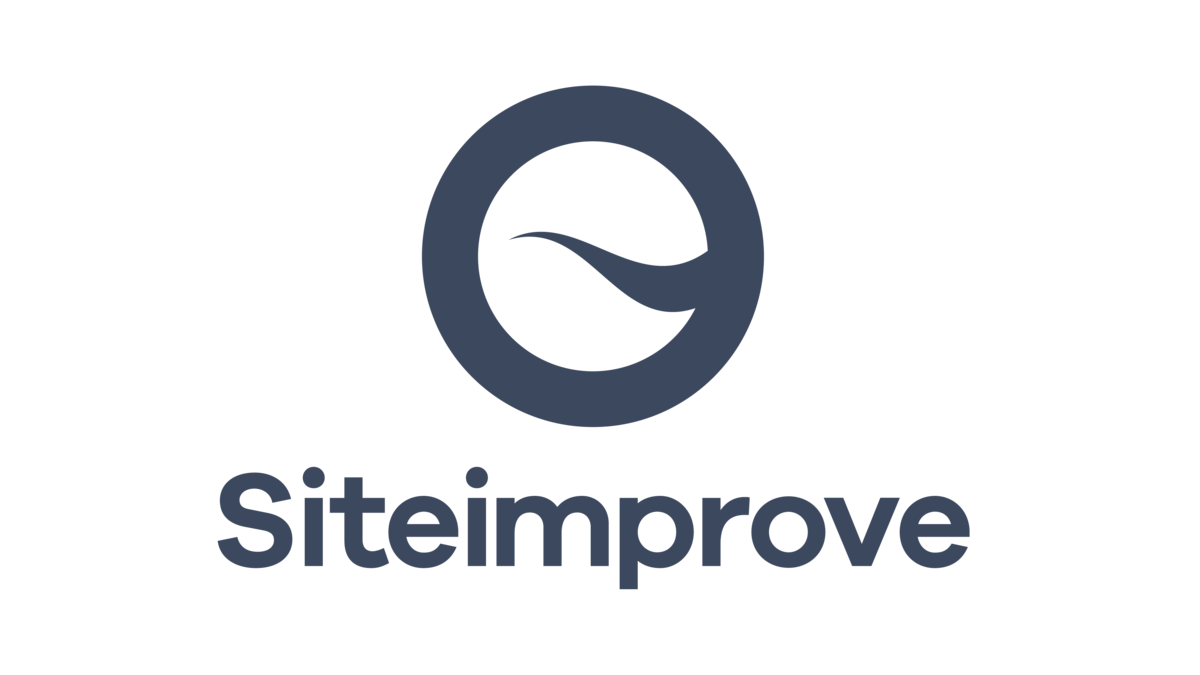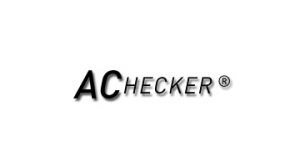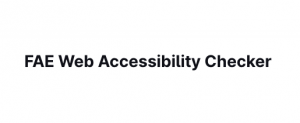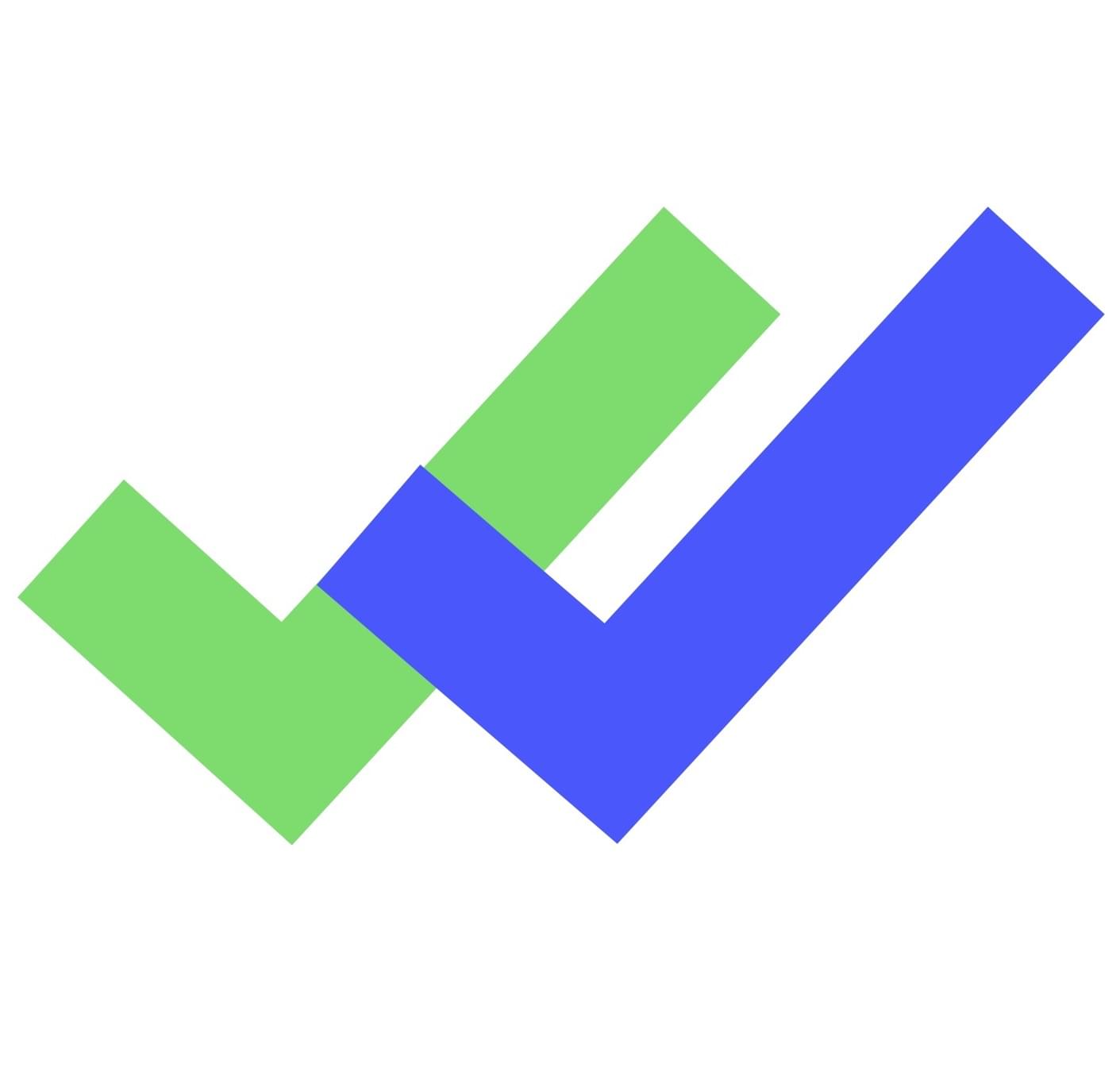Built with experts and non-experts in mind, Siteimprove simplifies the process and product of each compliance evaluation. The audit report is issued in plain as well as graphical terms. This is in addition to pinpointing issues to page and code-level so that you can locate them without much trouble. Perhaps like other systems we have seen, Siteimprove prioritizes problems in order of their severity to enable you to focus on the most critical aspects of the report.
The accessibility platform requires users to create an account through which they gain access to a personalized dashboard. This tool is for accessibility audit, report, remediation, and monitoring. Remember that one of the geniuses of this web-optimization brand is giving details in customized forms, Siteimprove displays your site’s progress under the Accessibility Overview page in a graphical format. At a glance, your site’s compliance status is shown in three dimensions:
- Overall accessibility score
- Accessibility score details are broken down into three points: a) accessibility errors detected and the corresponding WCAG levels b) accessibility warnings according to all WCAG levels c) pages with multiple levels of A/AA errors
- Accessibility score progress graph, showing improvement over time. This graph is a quick way of grasping a site’s historical commitment to accessibility and could be a valuable tender in the event of a lawsuit.
Other features on the overview page include export (for reports), page search (to get down to a specific webpage in no time), and so on.
Siteimprove follows an advanced procedure of sorting issues based on roles so that a developer is not burdened with the duty of a content editor and vice versa. Admittedly, the website is a complex whole made of different segments and built by different teams. To ensure that each player is granted a level playing ground in maintaining the brand’s accessibility compliance, Siteimprove’s robust system makes it possible for different teams to assess and contribute to the process. Concerning rectifying compliance issues, Roles/Responsibilities are segmented into three levels (a) Editor (b) Webmaster (c) Developer.
As much as you can select a role, you also can choose issues to fix. To give you a practical illustration, accessibility issues fall under “Issues with Heading”, “Issues with Images,” “Issues with links”, “Issues with Forms”, and other issues. Next, you select conformance. Remember that the scan must have flagged violations according to different levels of the WCAG guidelines. So, to make the task manageable, you could specify which WCAG level (A, AA, or AAA) issues you are prioritizing. Interestingly, all these levels of the WCAG are included in the test, and issues are populated under relevant guidelines.
